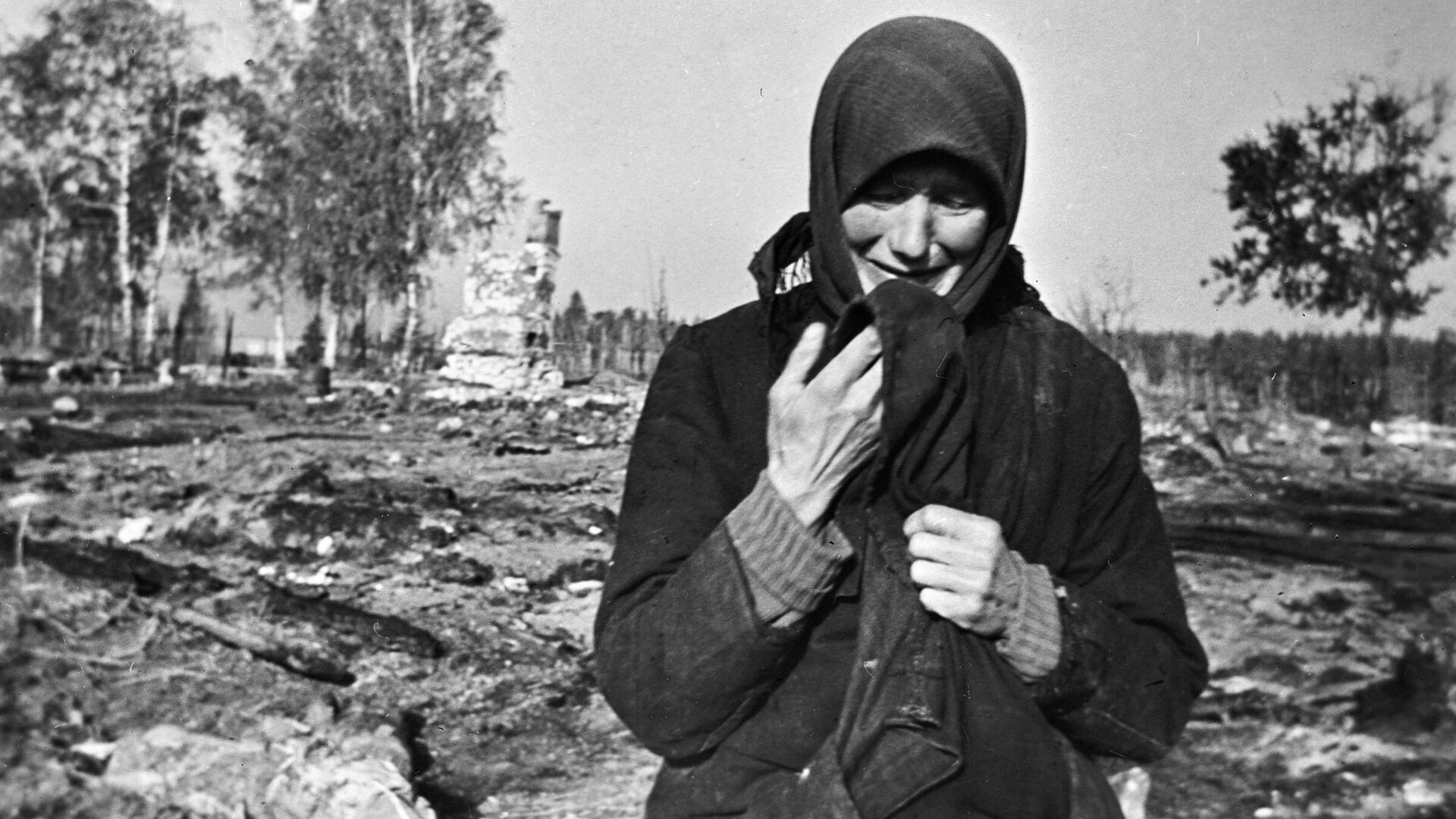
Woman weeping on the ruins of her native village burnt by the Nazis.
Oleg Knorring/SputnikDuring the most critical phase of the Battle of Moscow at the end of 1941, Soviet troops, catching the enemy completely unawares, launched a large-scale counteroffensive and drove the Wehrmacht away from the capital. At the same time, in the south, the Red Army managed to recapture the major city of Rostov-on-Don and, near Leningrad, inflicted several notable blows on the forces of Army Group North during the Tikhvin Offensive Operation.
Encouraged by these successes, the country’s leadership decided that the time had come to go on the offensive on all fronts and, as Stalin put it, “not to give the Germans a respite, to push them ceaselessly westwards, to force them to use up their reserves even before the spring… and, thus, to ensure the complete defeat of Hitler’s troops in 1942.” General Georgy Zhukov’s argument that the Red Army was not ready for implementing such ambitious plans was ignored by the Supreme Commander-in-Chief.

Counterattack of the Red Army near Moscow.
SputnikAt the end of December, Soviet troops attempted to regain the Crimea, which had been almost completely lost - only Sevastopol, the Black Sea Fleet’s main base, was still holding out. Amphibious assault forces that landed near the towns of Kerch and Feodosia on December 26 and 29 incurred heavy losses, but managed to gain a foothold in the east of the peninsula.
“It was as if the boat had rammed into something - it stopped dead,” recalled machine gunner Fyodor Kovalchuk. “Night, wind, frost, the boards of the gangway swept away by a wave, rockets flying everywhere and, all around, pitch darkness and tracer bullets piercing the air. The command, ‘Forward, for the Crimea!’, rings out. We jump overboard, the water is up to my shoulders, I can feel the ground under my feet, a stinging cold runs through me, but my legs still feel warm in their bindings. No time to think - just forward and only forward to the shore…”
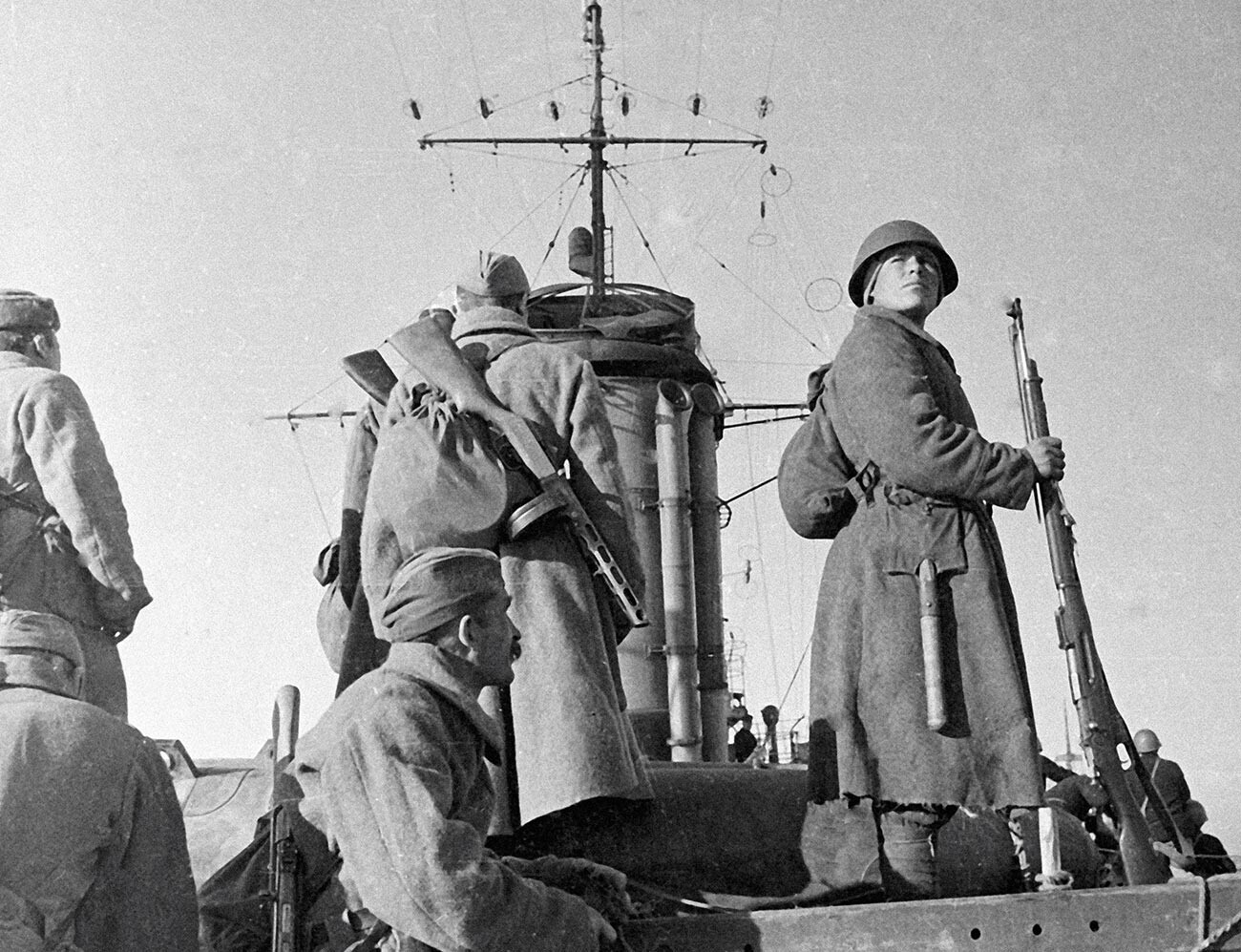
The Red Army soldiers on board the cruiser "Red Crimea" hurrying to reinforce the troops defending Sevastopol.
Alexander Sokolenko/SputnikAt the same time, in the north, the Lyuban Offensive Operation to break the siege of Leningrad, which had been launched on January 7, ended in failure. The Soviet Union’s second largest city was literally dying of starvation: People were fainting at their workplaces from exhaustion, incidents of cannibalism and murders for ration cards were being recorded and the hundreds of corpses lying on the streets no longer suprised anyone.
It was not until the onset of spring that Leningrad began to revive. On March 29, a large partisan convoy with food miraculously got through and, soon, in the non-occupied suburbs, allotments for growing vegetables began to be organized. But the Red Army failed to lift the blockade in 1942.
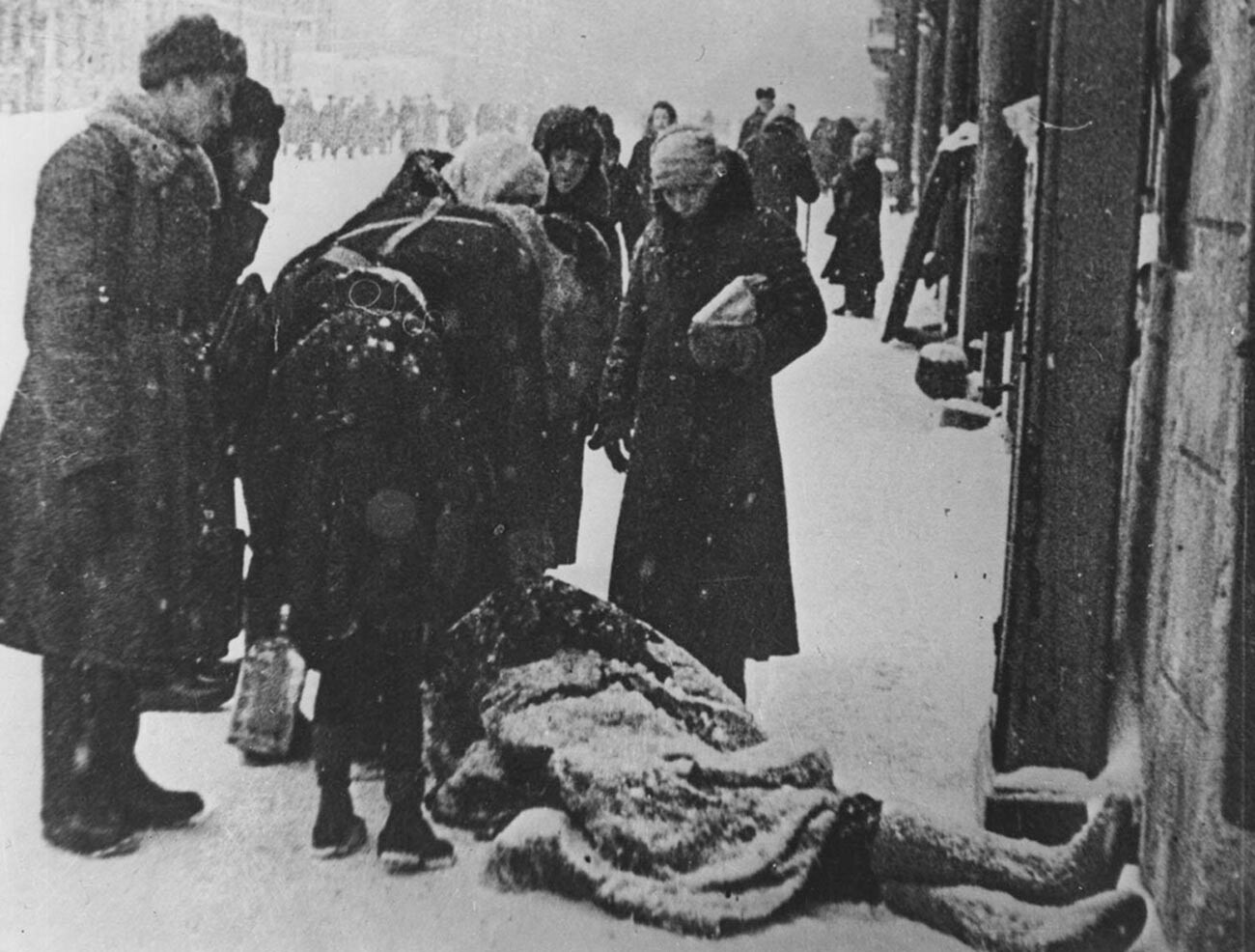
People in besieged Leningrad.
МАММ/MDF/russiainphoto.ruThings were slightly better south of Leningrad in the area of lakes Ilmen and Seliger. On February 20, after a successful offensive by Soviet troops, a considerable force of the German 2nd Corps and SS Death’s Head Motorized Division totalling 95,000 men was encircled. The Red Army immediately set about smashing the so-called Demyansk Pocket, but all its efforts came to nothing.
“The enemy cut all the roads and all the access routes and approaches that could have been at all usable for our advance,” Lieutenant-General Pavel Kurochkin recalled. “The hushed snow-covered fields outside these villages could, in a single instant, become a scene of pandemonium as soon as we began to advance. Every meter of ground was raked by numerous machine guns and artillery from concealed positions in the villages.” The Luftwaffe proved effective in supplying the encircled troops with food and ammunition until, on April 22, 1942, the encirclement was broken by the army group of Lieutenant-General Walther von Seydlitz-Kurzbach.
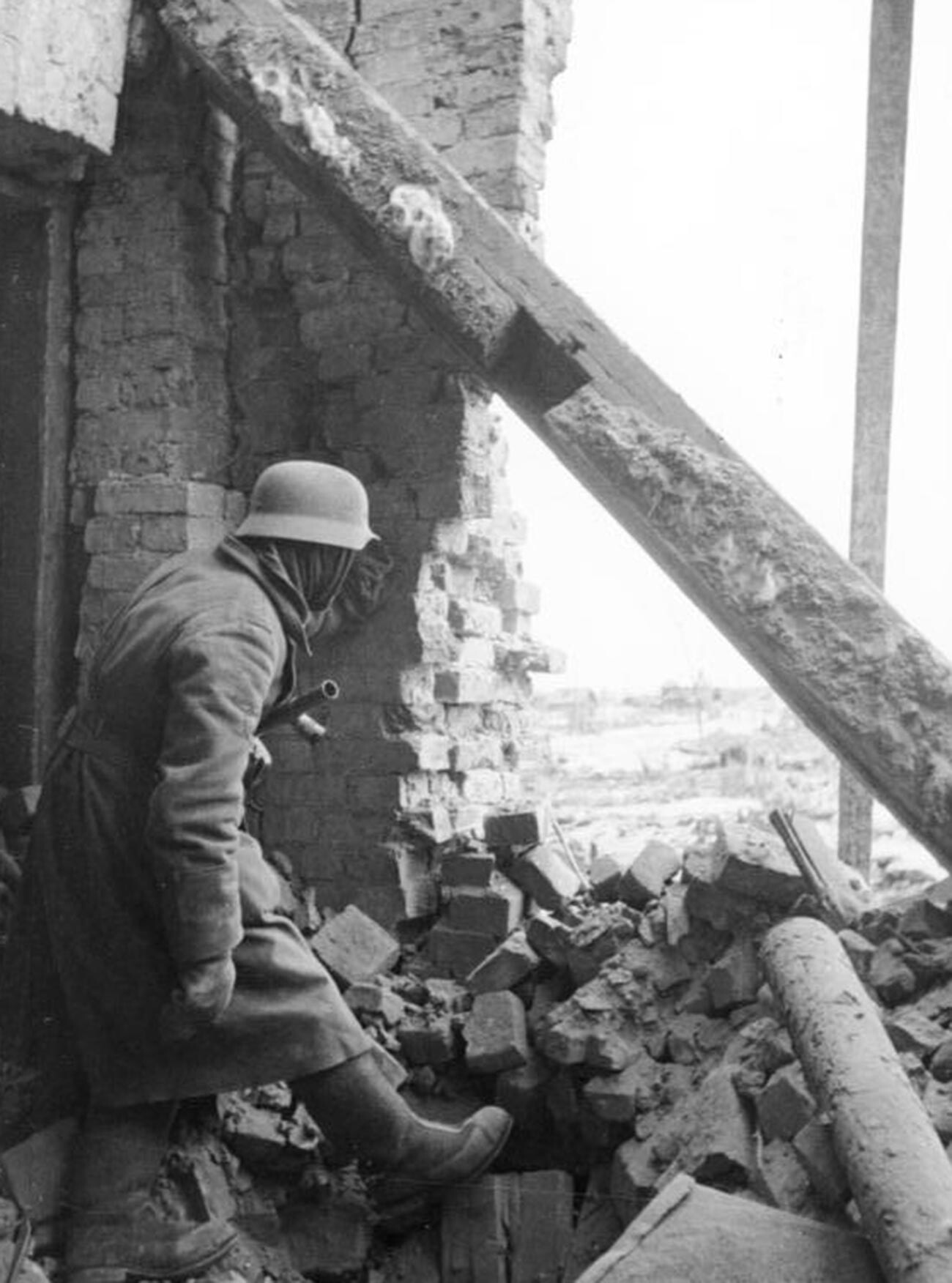
German soldier in Demyansk.
BundesarchivIn a bid to score a victory on all sectors of the front at once, the Soviet command achieved only limited results. On the main German line of advance, the Red Army, having thrown the Wehrmacht back from Moscow and liberated large areas, failed to defeat Army Group Center. Sustaining heavy losses, Soviet troops were forced to halt their advance in late March.
Moreover, the Germans held and reinforced their bridgehead in the Rzhev area 200 km from the capital. Forming a deep wedge inside the Soviet defense, the Rzhev-Vyazma Salient was a thorn in the side of the USSR leadership - the enemy could use it to launch another sudden push towards Moscow at any moment. Bloody but fruitless attempts to eliminate it were made throughout 1942.
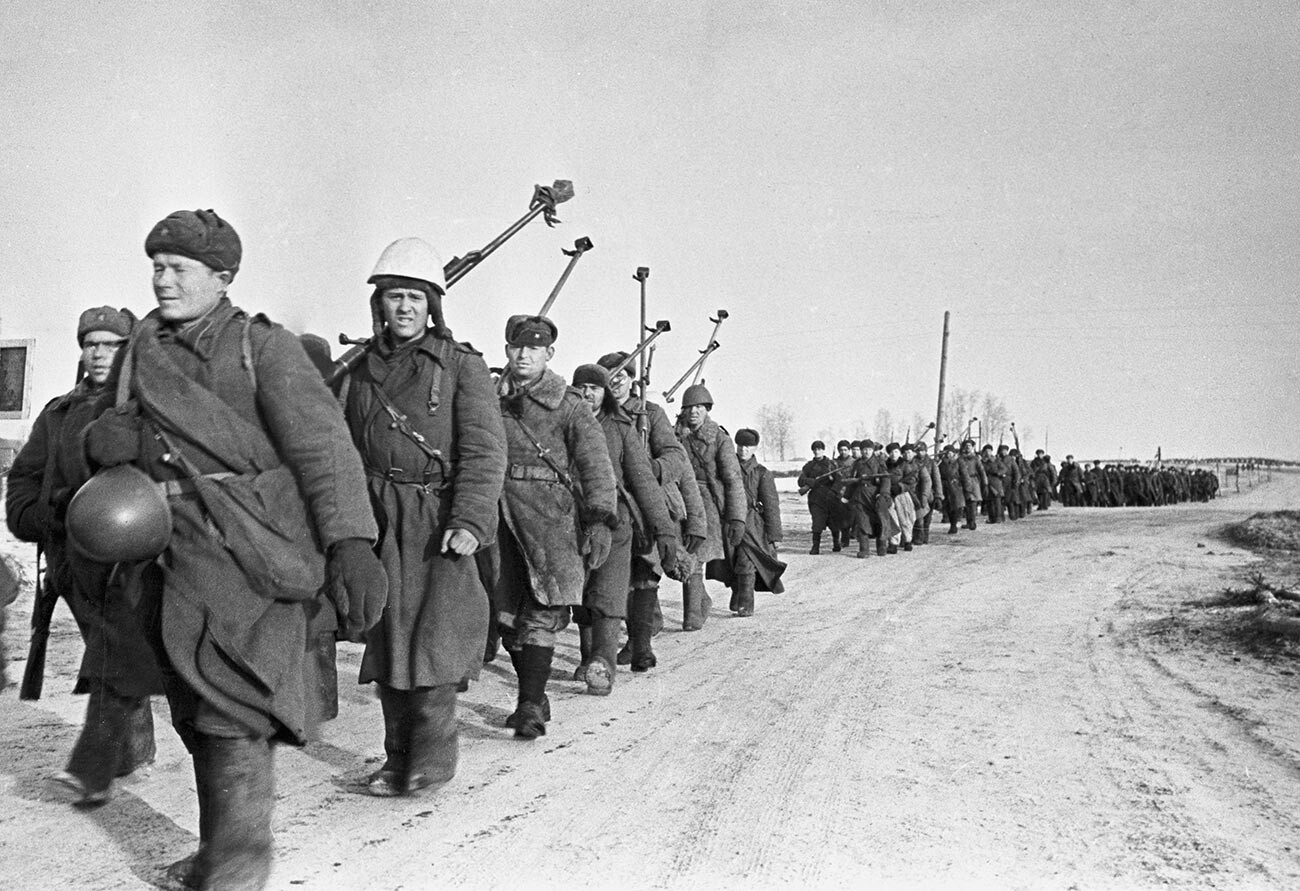
Soldiers of mopping up anti-tank battalion moving toward Vyazma after battles for Rzhev.
Alexey Stolyarov/SputnikThe Red Army had a similar salient of its own. Formed during the winter offensive in Ukraine, the Barvenkovo Bulge threatened the flanks and rear of the German grouping in the Kharkov area. On May 12, Soviet troops mounted an offensive from here in the direction of this major industrial center, which, as soon became clear, was to have fateful consequences.
Repulsing the Red Army attacks, the Wehrmacht struck against the most vulnerable sector of the Soviet defense - the neck of the salient. Ten kilometers from the town of Balakleya on May 22, Army Group Kleist, arriving from the south, joined up with two panzer divisions of Friedrich Paulus’s 6th Army that had stormed in from the north and, “severing” the salient, it slammed shut the trap around the Soviet troops. Over 200,000 Soviet soldiers found themselves in the “pocket”, of whom only 22,000 managed to get back behind friendly lines.
“It was one and the same picture everywhere: Squeezed ever more tightly, the enemy made attempts to break through first in one place, then another, but they were already staring defeat in the face… Multitudes of prisoners streamed towards the rear, while, nearby, our tanks and units of the 1st Mountain Division went on the attack - a stunning spectacle!” wrote commander of Army Group South Generalfeldmarschall Fedor von Bock.
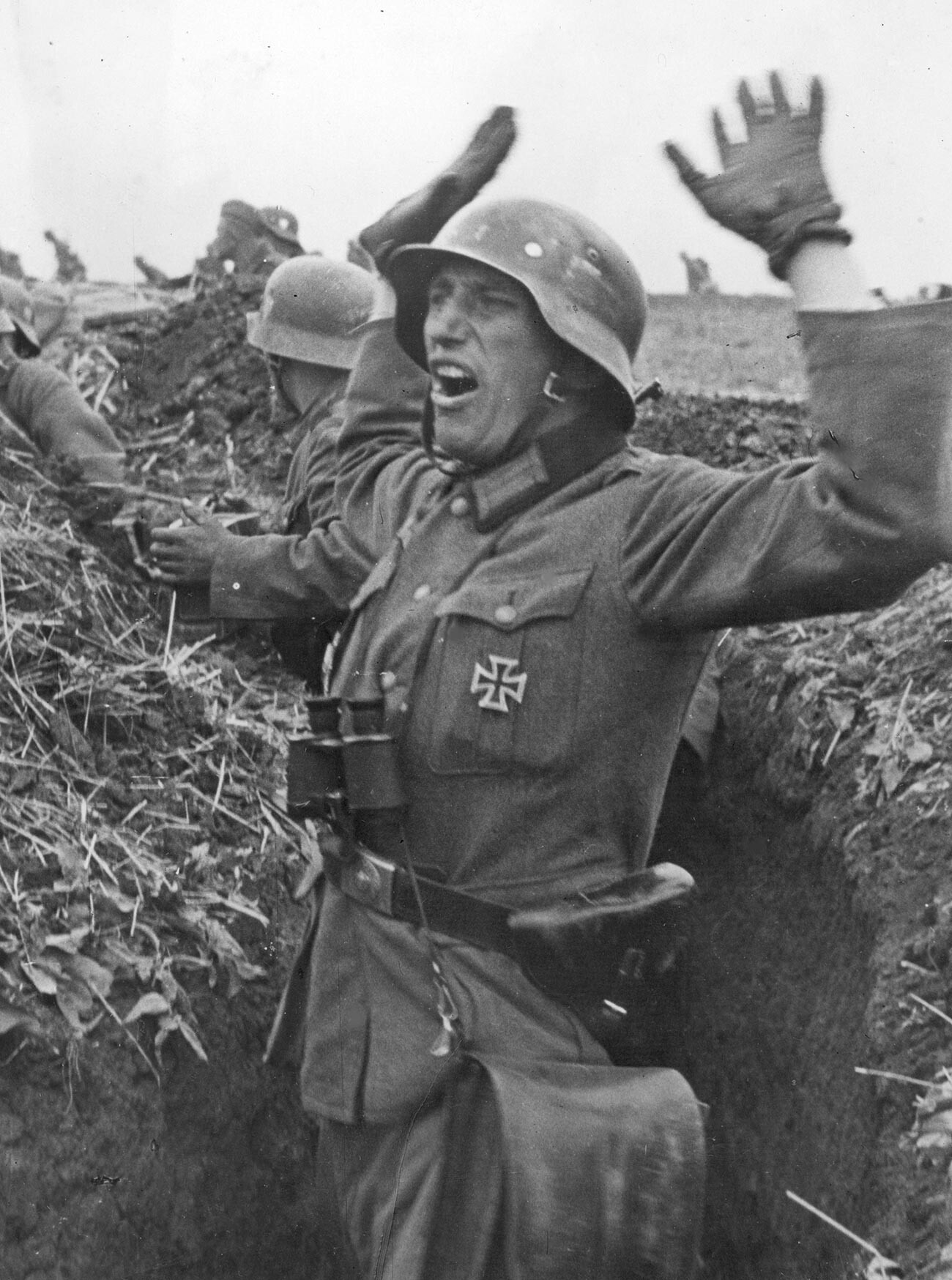
German troops near Kharkov.
Public DomainThe Kharkov disaster and the defeat of Soviet troops in eastern Crimea, which occurred at the same time, gave the Wehrmacht a chance to embark on ‘Case Blue’ - an offensive to secure the oil fields of the Caucasus. The deposits in Siberia had not yet been opened up and more than 70 per cent of national oil production was coming from Baku, Grozny and Maykop. Their seizure or destruction by the enemy could have immobilized the Red Army and derailed the Soviet economy and its capacity for further resistance.
The Soviet command was expecting a strike against Moscow and did not react to the German advance in the south straight away. On June 28, Hermann Hoth’s 4th Panzer Army broke through the front lines between Kursk and Kharkov and swept towards the Don. On July 3, the Germans stormed into Voronezh, on July 4, Sevatopol fell after holding out for 250 days and, on July 23, Rostov-on-Don was captured again - after having been the first major city to be liberated by the Red Army back in November 1941. After the loss of the city, links between the European part of the USSR and the Caucasus were only possible via Stalingrad. This last thread was supposed to be cut by Army Group B under the command of Colonel-General Maximilian von Weichs. The group included Paulus’s 6th Army, which was soon to gain worldwide notoriety.

Recapture of Rostov-on-Don by German troops in July 1942.
Roger Viollet/Getty ImagesThe revival of German blitzkrieg tactics in the south of the Soviet Union shocked the country’s leadership. On July 28, 1942, USSR People’s Commissar of Defense Joseph Stalin signed Order No. 227, “On measures to strengthen discipline and order in the Red Army and prohibit unauthorized withdrawal from combat positions”, which was widely known as the ‘Not a Step Back’ order. The order specified the formation of penal units among the troops to which servicemen “guilty of breaching discipline through cowardice or vacillation” should be sent and decreed that they should be “deployed in the more difficult sectors of the front so as to give them an opportunity to atone for their crimes against the Motherland with their own blood”.
From three to five blocking detachments (of no more than 200 men each) were to be formed in each army. They were to be deployed “directly behind unstable divisions and [would be] required, in the event of panic or disorderly withdrawal by a division’s units, to shoot panic-mongers and cowards on the spot, and, thus, help the honorable soldiers of the divisions to fulfill their duty to the Motherland”.
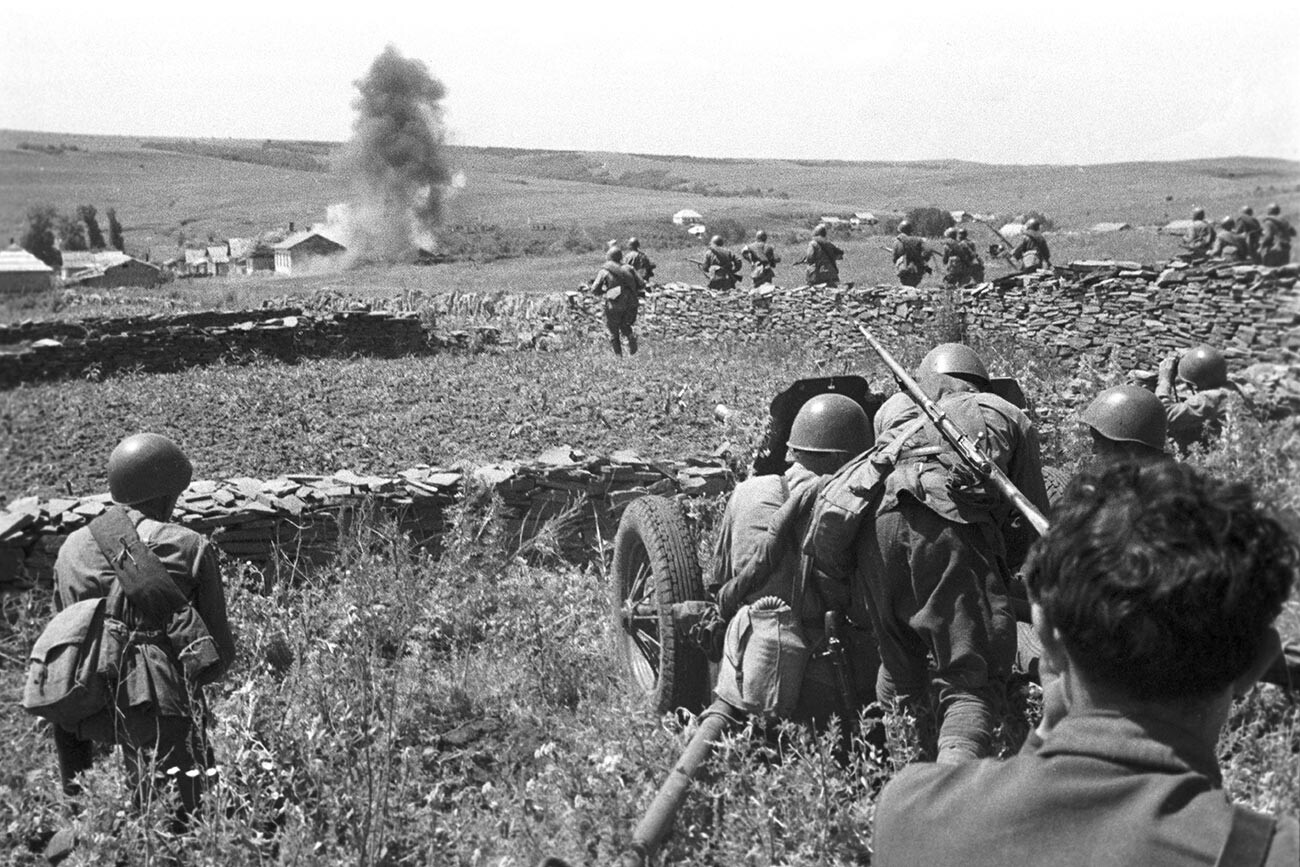
Soviet soldiers during a battle, July 1942.
Max Alpert/SputnikPossessing the initiative and numerical superiority, troops of Generalfeldmarschall Wilhelm List’s Army Group A were making rapid advances south. They took the fertile agricultural regions of the Don and Kuban and the Taman Peninsula and reached the foothills of the Main Caucasus Range. On August 21, German flags were hoisted on both summits of Mount Elbrus. In September, however, the German advance started to markedly stall.
“In unrelenting defensive battles Soviet troops inflicted significant losses on the enemy and halted them on the whole Caucasus front,” recalled the commander of the 47th Army, Major-General Andrei Grechko (later USSR Minister of Defense). “The heroic defence put up by our troops thwarted the Nazi plan for a thrust into the Transcaucasus and gave the Soviet High Command a chance to win time, build up reserves and use them to reinforce the Transcaucasus front. The weary German Fascist troops could no longer advance along a broad front. There could be no question now of reserves being sent to Army Group A from the Stalingrad area. The 6th and 4th panzer armies, bogged down on the banks of the Volga, needed reinforcement themselves…”

German infantrymen on the summits of Caucasus, September 1942.
Roger Viollet/Getty ImagesIn the fall, the leadership of the Third Reich, which had hitherto regarded the thrust to the Caucasus as a priority, switched all its attention to Stalingrad, which required ever more human resources. The Germans wanted as rapidly as possible to take the city, push the Red Army to the other side of the Volga and to release their forces in order to continue the “march for oil” and to strike at Moscow from the south.
General Friedrich Paulus’ 300,000-strong 6th Army was gradually being comprehensively drawn into fierce and bloody street fighting. By November, Soviet troops were pinned against the Volga and held just small toeholds on the banks of the river in the area of several factories. “We were lice-ridden and hungry, but, at some point, a frenzy took over and I no longer felt a grain of pity either towards myself or the Germans…,” recalled Private Milya Rozenberg. “We fought with the utmost savagery for every fragment of wall and, at night, both we and the Germans would crawl forward or attempt to advance through factory utility lines and tunnels. We did it to find food and ammunition, the Germans to drive us back into the Volga.”
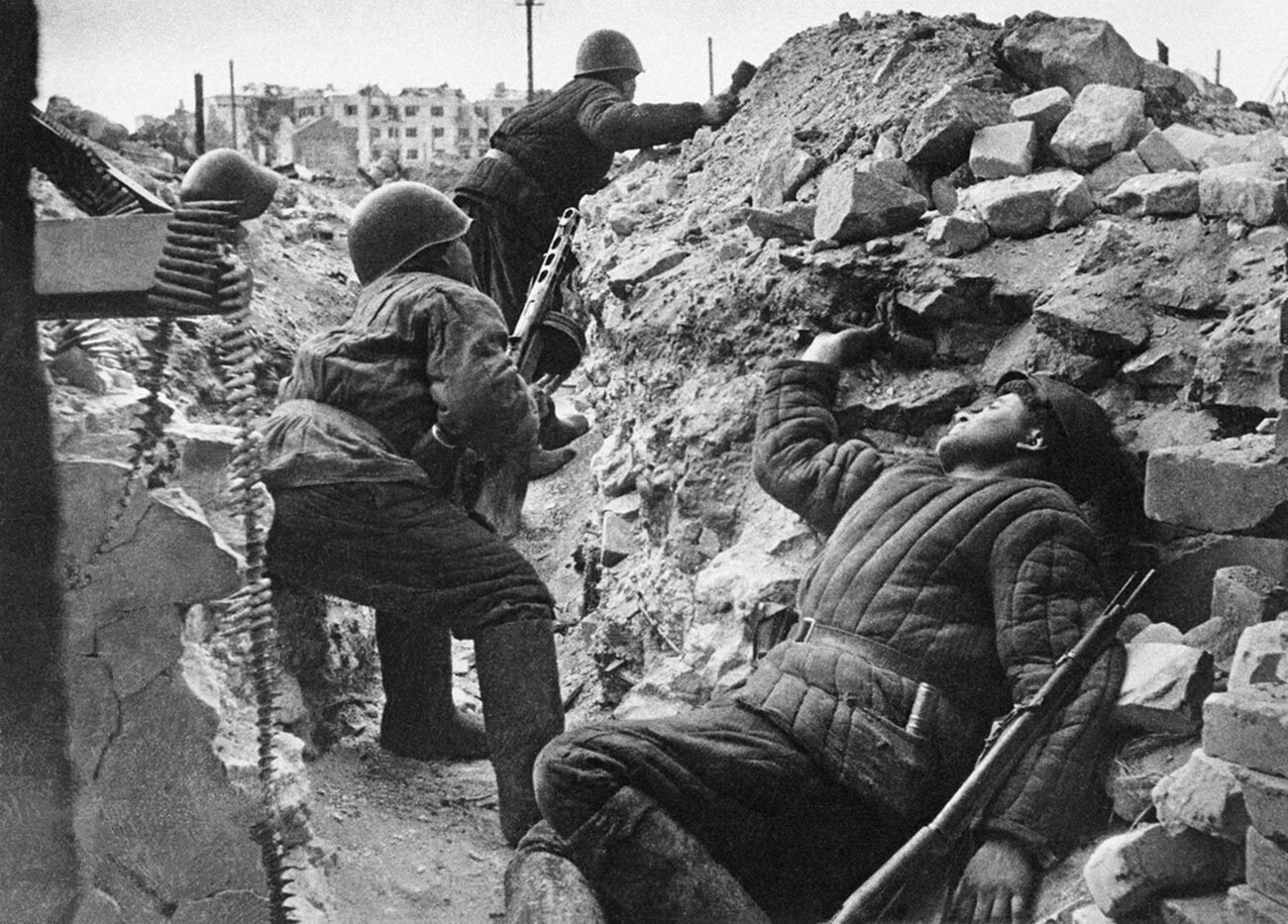
Soviet troops in Stalingrad.
Georgy Zelma/МАММ/МDF/russiainphoto.ruOn November 19, when the Germans believed victory to be as good as secured, Soviet forces began ‘Operation Uranus’. Quite unexpectedly for the enemy, the Red Army struck powerful blows against the flanks of the 6th Army, which were mainly defended by weak Romanian units. Within four days, the encirclement of Paulus’ large grouping was complete.
‘Operation Mars’, which started in the area of the Rzhev-Vyazma Salient on November 25, was supposed to follow the same scenario as ‘Operation Uranus’, but it did not prove possible to ensnare the 9th Army of Colonel-General Walter Model in a pincer movement, as had happened with the 6th Army. There were no weak Romanian troops on the flanks there and the Soviet attacks foundered on well-prepared enemy defenses. Despite the failure of ‘Operation Mars’, it did pin down German divisions that were to have been directed to Stalingrad.
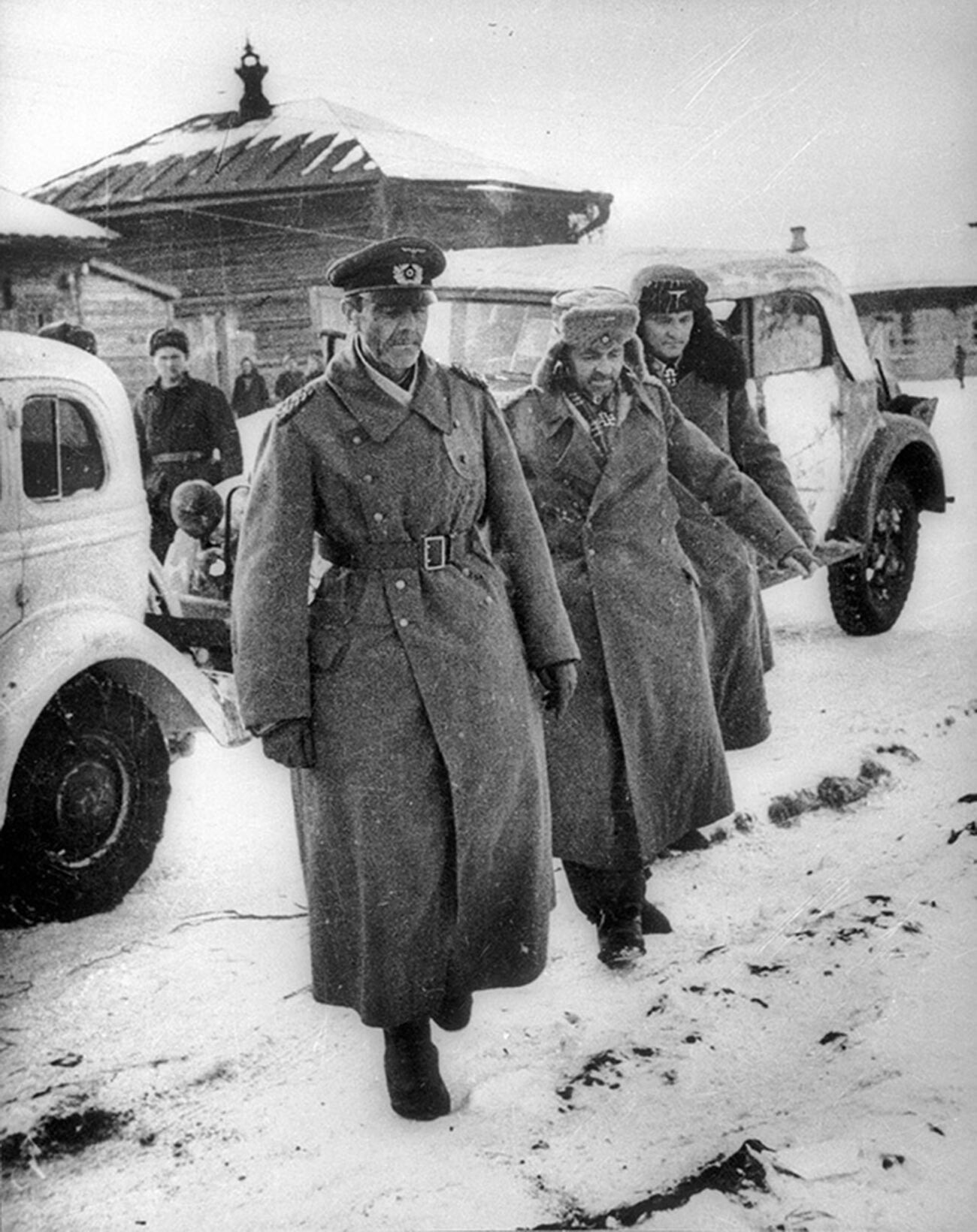
Field Marshal Friedrich Paulus, General Arthur Schmidt and Wilhelm Adam, adjutant to the 6th Army commander.
Georgy Lipskerov/МАММ/МDF/russiainphoto.ruHitler ordered Paulus to stand his ground. He was counting on the Luftwaffe’s ability to successfully mount an “air bridge” to resupply the encircled troops, as had already been done at the beginning of the year at Demyansk. At the same time, on December 12, in ‘Operation Winter Storm’, the troops of Generalfeldmarschall Erich von Manstein’s Army Group Don made a bid to relieve the encirclement. Striking from a direction that caught the Soviet command completely unawares, the Germans exploited the element of surprise.
“The units craved encouraging news,” recalled Joachim Wieder, an officer of the 6th Army’s intelligence section. “The frontline was holding on with the last of its strength, banking on Hitler imminently, in the run-up to Christmas, fulfilling his promise of relief. The phrase, ‘Manstein is coming!’ was still on everyone’s lips…”These hopes were destined to remain unfulfilled: Dogged resistance on the part of the Soviet troops and the arrival of reinforcements in the form of the recently-created 2nd Guards Army of Lieutenant-General Rodion Malinovsky halted the enemy 48 km from the city. In the event, Paulus decided not to try to fight his way out to meet Manstein’s troops.
Simultaneously, northwest of Stalingrad in the area of the great bend in the River Don, Soviet troops defeated ten Italian and Romanian divisions and advanced 340 km inside enemy lines in ‘Operation Little Saturn’. When the rear of Army Group Don itself came under threat, Manstein started to withdraw.
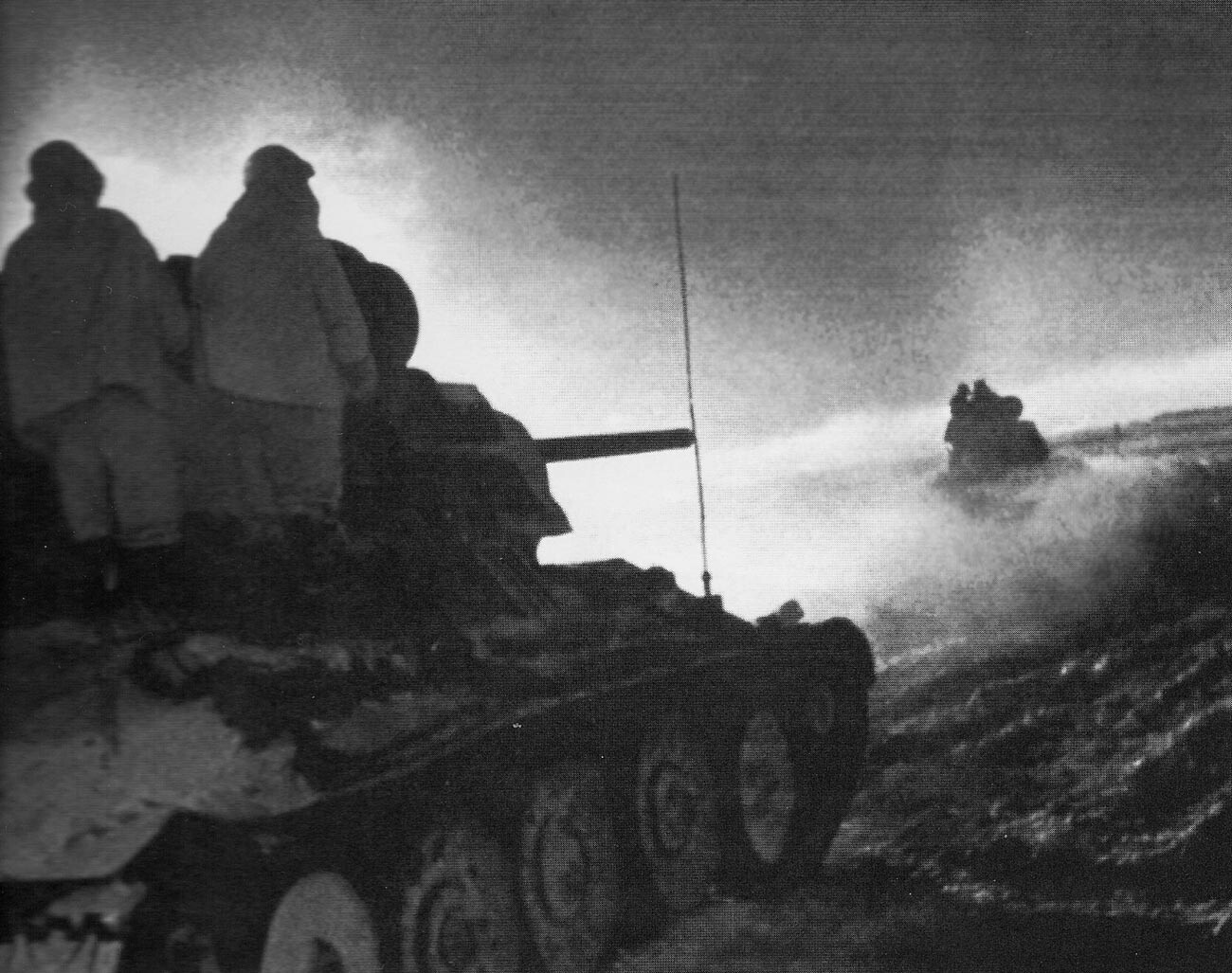
Red Army during operation Little Saturn.
Public DomainThe debacle that overtook one of the Wehrmacht’s best armies forced Adolf Hitler to order the withdrawal of his troops from the Caucasus and to abandon his dream of getting his hands on its valuable oil fields. The Red Army command planned to begin the New Year of 1943 with a number of large-scale offensives along the whole length of the Soviet-German front. The Soviet Union was slowly, but surely, taking the strategic initiative in the war.

Soviet soldiers celebrate their victory in Stalingrad.
Georgy Zelma/SputnikIf using any of Russia Beyond's content, partly or in full, always provide an active hyperlink to the original material.
Subscribe
to our newsletter!
Get the week's best stories straight to your inbox